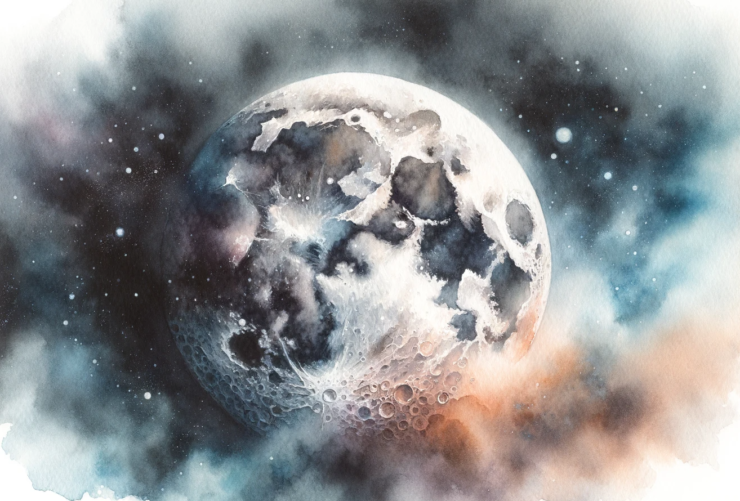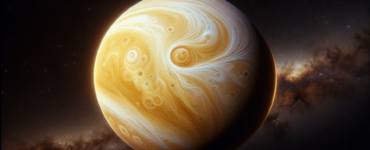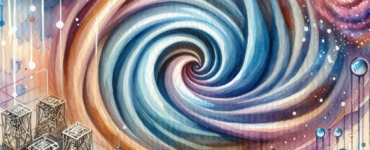The term “Dark Side of the Moon” is a misnomer and can be misleading. It’s commonly used to refer to the far side of the Moon, which is the side that is permanently turned away from the Earth. Here are some key points about this concept:
- Tidal Locking: The Moon is in a synchronous rotation with Earth. This means it rotates on its axis in about the same time it takes to orbit Earth. As a result, the same side of the Moon always faces Earth.((https://theplanets.org/the-moon/))
- Equal Sunlight Exposure: Despite one side always facing us, both sides of the moon receive equal amounts of sunlight over time. The Moon experiences day and night like Earth, with each lunar day lasting about 29.5 Earth days. Therefore, the moon’s far side is not perpetually dark; it has periods of daylight and darkness, just like the near side.((https://profoundtips.com/general/which-side-of-the-moon-is-lit-by-the-sun/))
- Differences in Terrain: The far side of the Moon is noticeably different from the near side. It has a rougher terrain with more craters and fewer of the dark, flat plains known as “maria” that are visible from Earth.((https://earthsky.org/space/why-the-moons-near-and-far-sides-look-different/)),((https://www.space.com/moon-far-side-mystery-may-be-solved.html))
- Misleading Name: The term “dark side” likely originated as a figure of speech to describe the unknown and unseen. However, it can be confusing because it implies a lack of sunlight, which is inaccurate.((https://www.businessinsider.com/dark-vs-far-side-moon-lunar-night-science-2019-1))
- Scientific Interest: The far side of the Moon has been of significant interest to scientists because its isolation from Earth (including radio silence due to the Moon’s body blocking Earth’s transmissions) makes it an ideal location for certain types of deep space observations.((https://www.independent.co.uk/news/science/far-side-of-the-moon-base-b1958648.html))
In summary, while the far side of the Moon is often referred to as the “dark side,” it’s not darker than the side facing Earth. Instead, it’s simply the side that is not visible from Earth and remains relatively unexplored compared to the near side.((https://svs.gsfc.nasa.gov/11747))







































Add comment